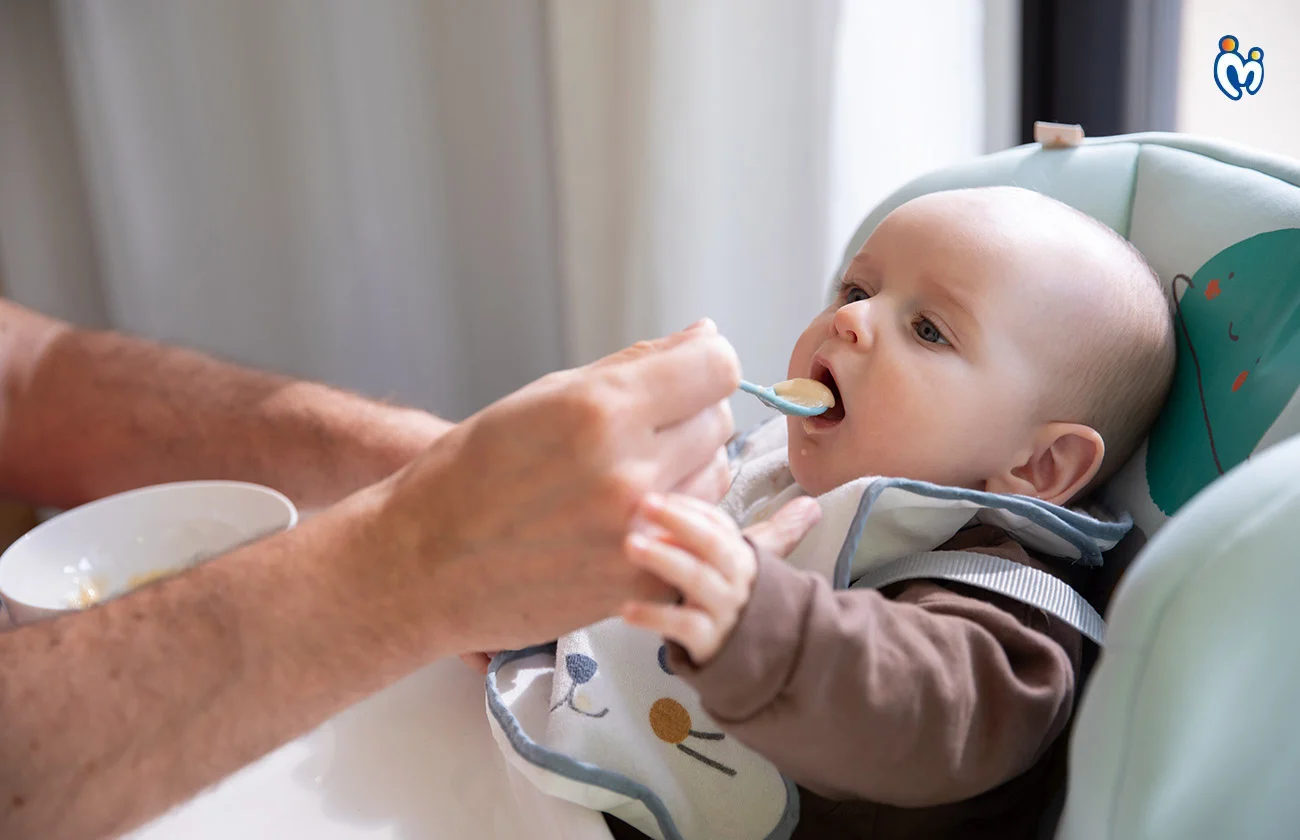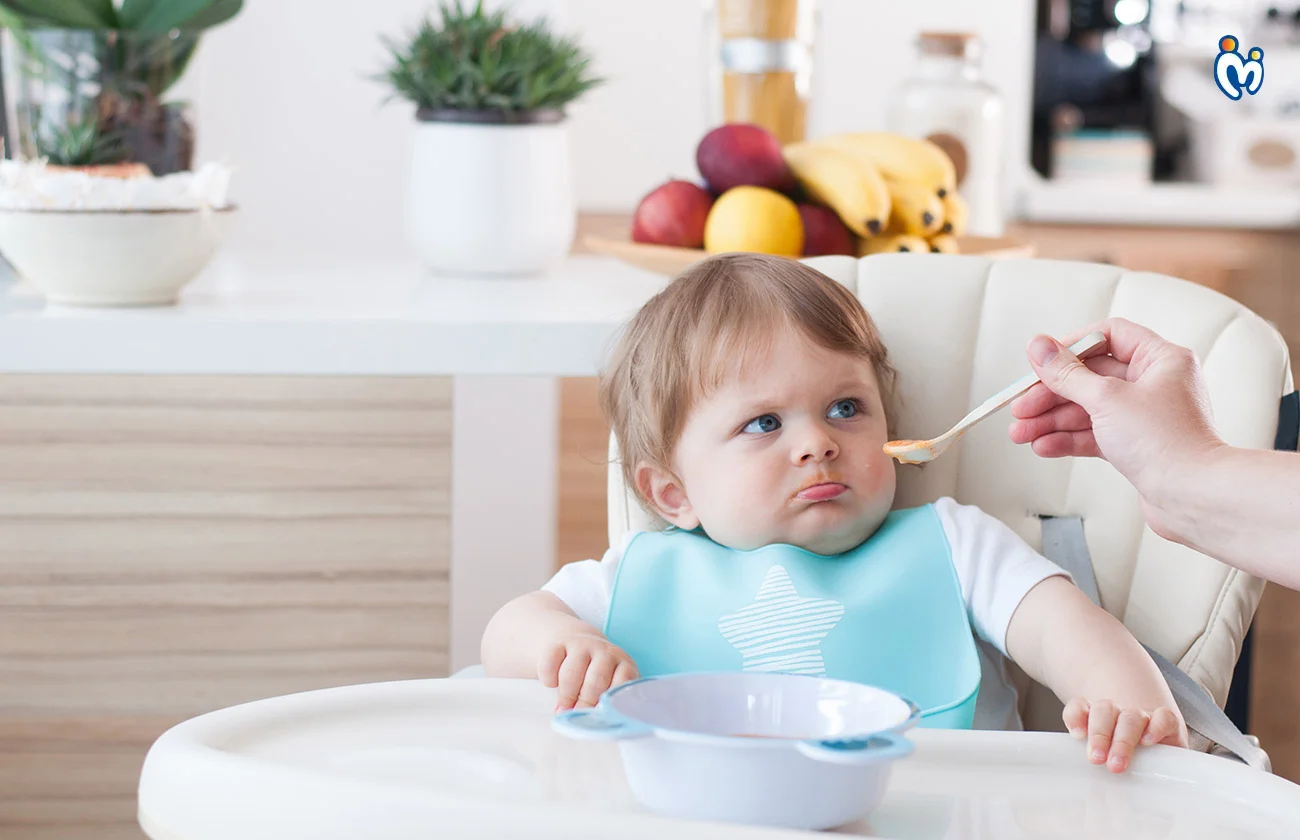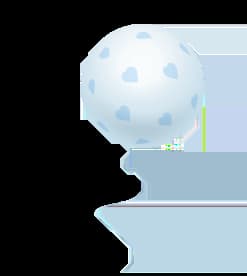Hello, mamy!
Your little bundle of joy is growing so fast! One moment, they were snuggling close for milk, and now, you're getting ready for a whole new adventure—introducing solid foods to your baby!
But wait, mamy —when do you start? What foods should come first? And what if your baby spits it all out? Don’t worry! This is a big milestone, and like everything in motherhood, it’s all about going at your baby’s pace.
Let’s break it down step by step, so you feel confident when it’s time to give that first spoonful!
When Should You Start Weaning?
Weaning—the process of introducing solid foods while continuing breast or bottle feeding—typically begins around 6 months.
But mamy, every baby is different! Some show interest a little earlier, some a little later. Instead of watching the calendar, look out for these signs that say, “I’m ready, mamma!”
Baby can sit upright with little support.
- They’ve lost the tongue-thrust reflex (this means they don’t push food out with their tongue immediately).
- They show interest in food (watching you eat, reaching for your plate, opening their mouth when food comes close).
- They can move food to the back of their mouth and swallow instead of just drooling it out.
If your baby meets these cues, it’s time to take the first step! But if they don’t seem ready just yet, don’t rush—weaning is not a race. Waiting until they’re ready makes the transition smoother and safer.

How to Start: First Foods for Your Little One
Mamy, let’s keep it simple. Your baby’s first foods should be gentle on the tummy, rich in nutrients, and easy to digest.
Best First Foods for Baby (Indian Superfoods Edition!)
- Mashed Banana (Kela) – Naturally sweet, packed with potassium, and gentle on the tummy.
- Rice Cereal (Homemade Khichdi Water) – A great iron-rich option, easy to digest.
- Stewed Apple (Seb Puree) – Helps with digestion and is a great source of vitamins.
- Ragi Porridge (Nachni) – High in calcium and iron, perfect for strong bones.
- Moong Dal Porridge – A protein powerhouse that’s light on digestion.
- Steamed and Mashed Carrots or Sweet Potato – Rich in beta-carotene for healthy eyes.
Start with single-ingredient foods, one at a time, and wait 3-4 days before introducing something new. This helps you catch any allergies or sensitivities early.
Mamy Tip: Avoid salt, sugar, honey, and cow’s milk before one year—your baby’s tummy is still learning!

How to Feed Baby: A Gentle Approach
The first few spoons of food are more about exploration than nutrition. Your little one may make funny faces, spit it out, or smear it everywhere—that’s completely normal! Here’s how you can help:
- Choose a calm, happy moment. A fussy, sleepy baby won’t be in the mood for a food experiment!
- Use a soft, baby-friendly spoon. Let your baby get used to the new texture in their mouth.
- Start with small amounts. A teaspoon or two is enough in the beginning.
- Let your baby guide the pace. If they open their little mouth, great! If they turn away, don’t force it.
- Expect a mess. Bibs, wipes, and patience are your best friends!
Remember, mamy, breastmilk or formula remains the main source of nutrition until 12 months. Solid foods are just a supplement at this stage.
Building a Routine: What a Baby’s Day Might Look Like
At 6-7 months, a baby’s meal routine can look like this:
Morning: Breastfeed/formula + small spoonful of mashed banana
Lunch: Breastfeed/formula + moong dal soup
Evening: Breastfeed/formula + ragi porridge
As your baby gets used to eating, you can introduce two solid meals a day, followed by three meals by 8-9 months.
Mamy Tip: Offer water in a small sippy cup after meals to help with digestion and hydration.
Foods to Avoid in the First Year
While many foods are baby-friendly, some should be avoided in the first year due to allergy risks or digestion concerns:
- Honey (risk of botulism)
- Cow’s milk (can cause digestive issues, breastmilk/formula is best)
- Whole nuts (choking hazard; instead, offer nut powders)
- Salt & Sugar (babies don’t need added salt or sugar, let them enjoy natural flavors)
- Processed or fried foods (baby’s tummy needs real, simple food)

What If Baby Refuses to Eat?
Oh, mamy, don’t worry! The first few weeks of weaning are all about patience and trying again. If baby refuses food:
- Try a different texture (maybe they prefer mashed over pureed).
- Make it fun! Try self-feeding with a soft spoon or let them play with the food.
- Offer the same food again later (it can take 8-10 tries for babies to accept a new taste!).
- Check if your baby is truly hungry—if they just had milk, they might not be in the mood.
And most importantly, don’t force-feed. We want our babies to have a positive relationship with food, not stress about it!
A Little Reassurance for Mamy
Introducing solids is a beautiful, messy, joyful experience! Some days, your baby will gobble up their food, and other days, they’ll push it away. That’s okay. Trust your baby’s cues.
The goal is not just to feed but to build healthy eating habits, where your little one enjoys exploring flavors, textures, and the joy of mealtime with family.
So take a deep breath, grab a cute bib, and get ready for your baby’s first delicious adventure!
What was the first food you introduced to your baby? Share your experiences, mamy! We’d love to hear from you!
FAQ's
Q. When should I start introducing solid foods to my baby?
Ans.Most babies are ready for solids around 6 months. Look for signs like sitting upright with support, loss of tongue-thrust reflex, and showing interest in food before starting.
Q. What are the signs my baby is ready for solids?
Ans.Key signs include sitting with minimal support, interest in food, losing the reflex to push food out with their tongue, and the ability to move food to the back of their mouth and swallow.
Q. What are the best first foods for babies?
Ans.Gentle, nutrient-rich options like mashed banana, rice cereal (khichdi water), stewed apple, ragi porridge, moong dal porridge, and steamed mashed carrots or sweet potatoes are great first foods.
Q. How should I introduce new foods to my baby?
Ans.Start with single-ingredient foods, one at a time, and wait 3–4 days before introducing a new item to monitor for any allergic reactions or sensitivities.
Q. Should I continue breastfeeding or bottle-feeding after starting solids?
Ans.Yes, breastmilk or formula remains the primary source of nutrition for the first year. Solids are just a supplement during this stage.
Q. What foods should I avoid giving my baby in the first year?
Ans.Avoid honey (risk of botulism), cow’s milk (difficult to digest), whole nuts (choking hazard), added salt and sugar, and processed or fried foods.
Q. What if my baby refuses to eat solids?
Ans.Stay patient! Try different textures, make feeding fun, allow self-feeding, and reintroduce foods multiple times. Never force-feed—encourage a positive mealtime experience.
Q. How do I build a daily solid food routine for my baby?
Ans.Begin with one small solid meal a day and gradually move to two by 7 months and three by 8–9 months, always pairing meals with breastfeeding or formula feeds.
Q. How much solid food should my baby eat at the beginning?
Ans.Start with 1–2 teaspoons of pureed or mashed food once a day and increase gradually as your baby shows readiness and appetite for more.
Q. Is water necessary once I start solids?
Ans.Yes, offer small sips of water in a sippy cup after meals to help with digestion and hydration once your baby starts solids.
















